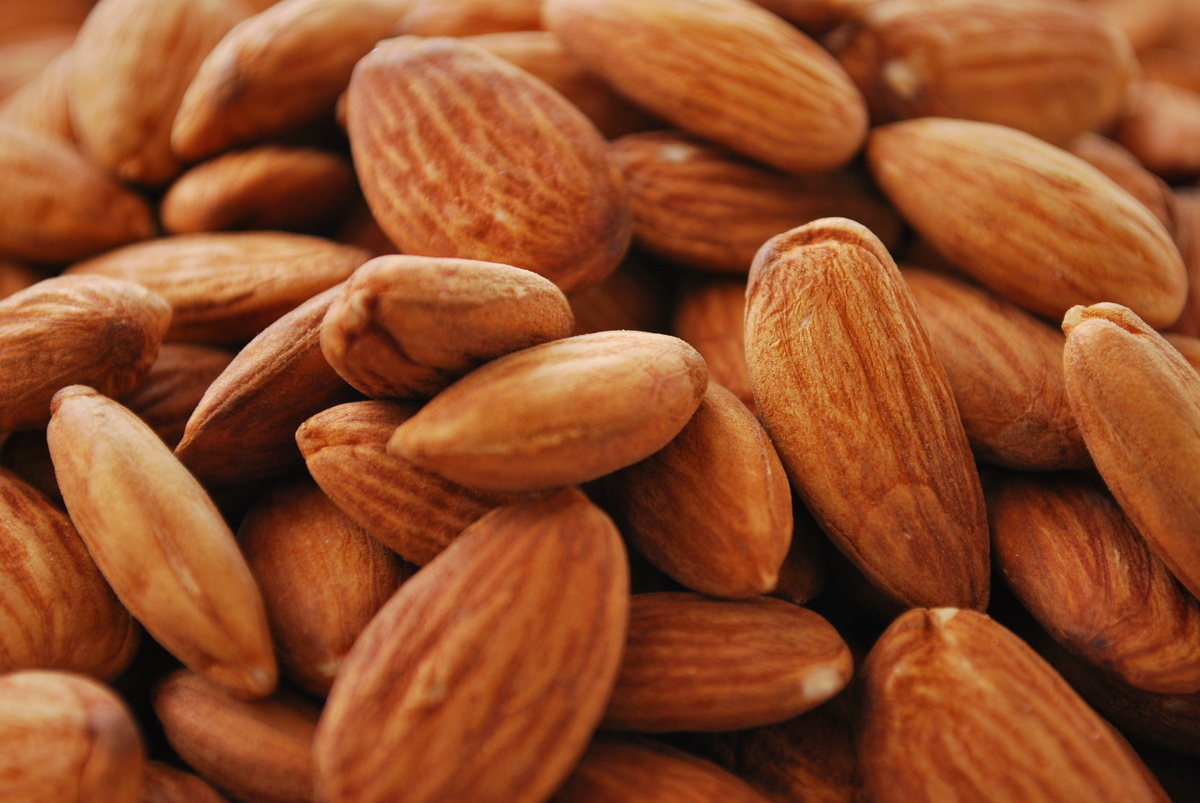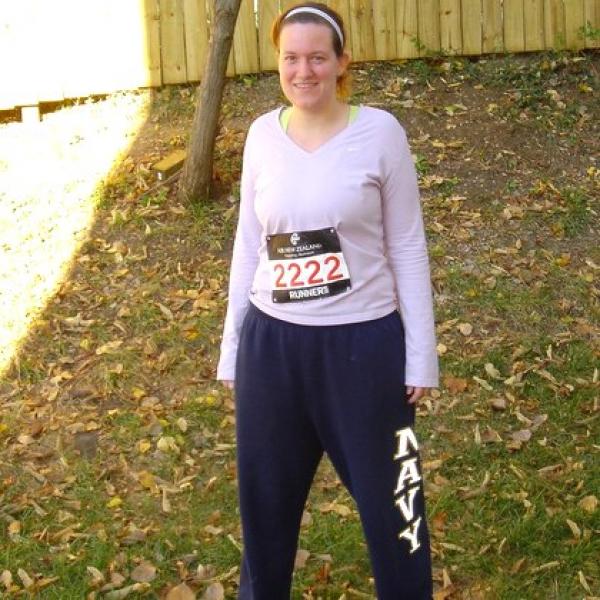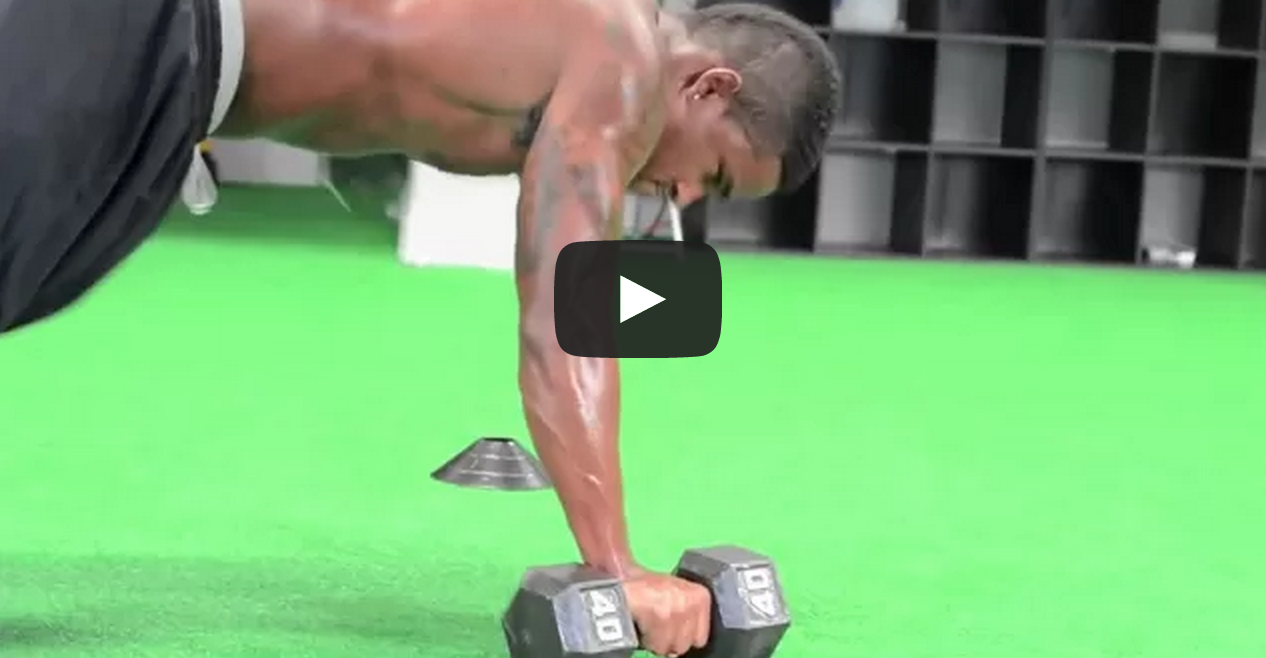More Articles
Motivation
Fitness Care For Your Hamstrings
Stretching isn't always the answer. Here are 3 other approaches that can enhance your flexibility more quickly and effectively.
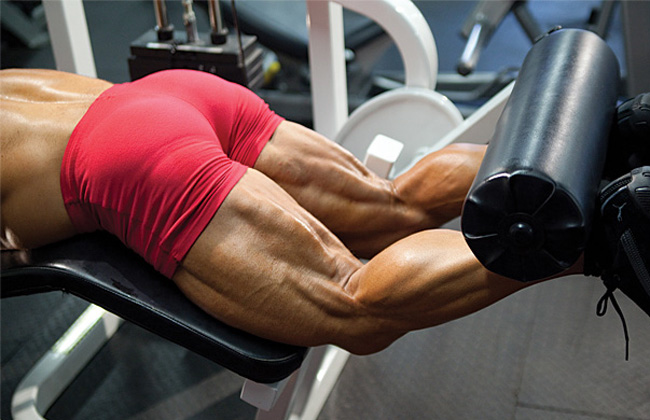
Personal trainers and strength and conditioning coaches often attribute poor flexibility and/or range of motion to "tight muscles," and their only advice is to stretch those muscles. Yet stretching isn't always the answer. Here are some approaches that will enhance your flexibility more quickly and effectively.
Neural Tension Release
In normal situations, neural tissue slides and glides during movement. However, tender points, adhesions and chemical changes such as inflammation may actually disrupt the natural movement of neural tissue. When this occurs, we complain of symptoms like "tightness" or "restriction." An easy fix in this instance is a simple sliding technique (neurodynamics) with progressive lengthening. Here's what you can do using a straight Leg Raise as an example:
- Lie on your back and have a partner passively raise one of your legs.
- When you feel the tightness or first tissue barrier, have your partner lower your leg just enough to remove the tight sensation.
- Once in this position, perform 10 repetitions of neck flexion with ankle plantar flexion (pointing your toes) followed by neck extension with ankle dorsiflexion (lifting toes toward your shin). While you rest, have your partner slowly raise your leg to the previous barrier. Repeat the set one more time.
Myofascial Release
A great deal of literature discusses differences in tissue extensibility and the role of fascia in movement and pain. Fascia is a layer of fibrous tissue that covers and connects muscles, blood vessels and nerves. Fascia is highly innervated, with even more nerve connections than muscle, meaning it receives and relays a ton of information about movement, tension, pressure and pain.
Myofascial release can enhance tissue range of motion, stimulate blood flow and increase neural activity before a workout. You can use a foam roll, tennis ball, PVC pipe, etc. to give a progressive massage to the major muscular tissues of your body. Once you find that "speed bump" or knot, apply constant pressure while flexing and extending the muscle.
Improving Core Stability
We have already discussed how tightness may come from poor movement of nervous tissue and restriction in that second layer of skin, the fascia. Poor core stability and pelvic control may also impact muscle length prior to movement. To test this situation, stand with your feet together and bend down to touch your toes. If you can't, sit with your legs extended and try to touch your toes. If you are now able to touch your toes, you may have a stability/motor control issue where your "core" is unable to stabilize your pelvis. This means when you bend forward, your pelvis begins to rotate, leaving your hamstrings to engage and work as stabilizers.
If this is the case, reactive, dynamic stability training such as reactive neuromuscular stabilization may be the fix.
- Stand tall with your feet together while your partner places one hand on your navel.
- Try to resist as your partner pushes you backward.
- Perform this action 3-5 times, bracing through your core.
- Perform the action one more time, except this time bend forward and touch the ground as quickly as you can once you feel the pressure of your partner's hand.
 21
21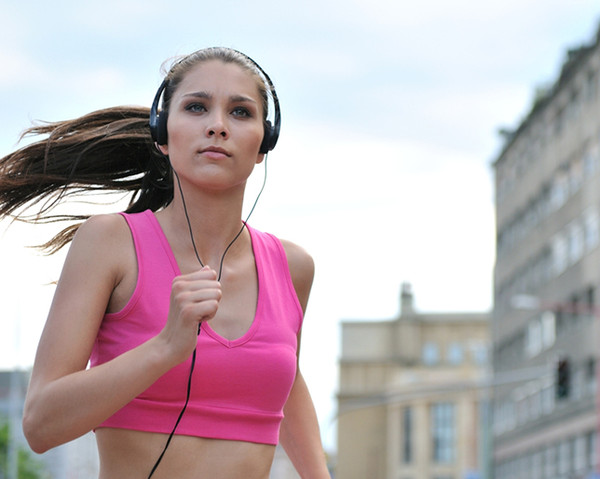
Let music make your workout more better!
Add a splash of music to your workouts to make it more enjoyable and pleasurable.

Best and Worst Nuts for Your Health
Nuts are packed with heart-healthy fats, protein, vitamins, and minerals. Still, some are healthier than others.

The Top Fat-Burning Foods
Boost your metabolism: certain foods have a very high thermogenic effect, so you literally burn calories as you chew.
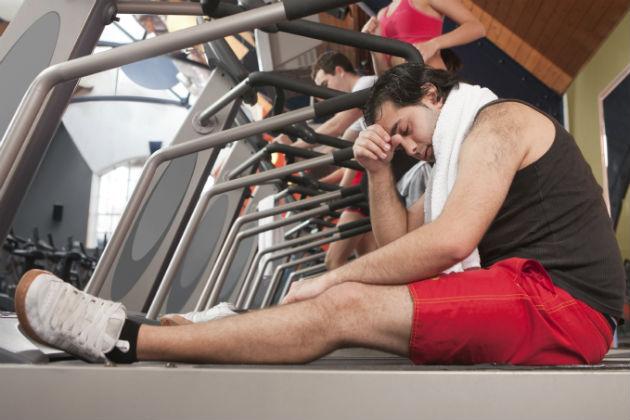
Is Your Gym Making You Sick?
Did you know that it's possible to get sick from spending too much time at the gym? Even if you don't overdo it on exercise, there's still a higher risk of you contracting an illness. How is this possible?
